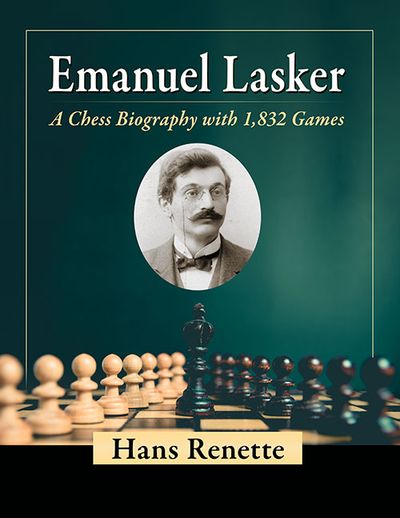Publisher: Thinkers Publishing, 2018, Pages: 255, Paperback
From all the sorts of activities I keep myself busy with in the chess world (playing, organizing, commentating, writing, teaching etc.) I consider myself mostly a professional chess trainer. The majority of my students are rated somewhere between 1500-2200 and have the ambitionof improving their play. I dare to say that players within that range of strength are most likely to learn a thing or two from studying the material in my first book. In any case, it has been my aim presenting the material in such a way that it would be understandable for a broad target group. It has always surprised me that most people of this particular group of ambitious amateurs associate chess improvement with working on openings. I’m not disagreeing that mastering openings does harm your chess, butit’s in my opinion the least efficient method to improve someone’s play. After all, everybody is able to learn 25 moves of opening theory by heart and spoil a brilliant opening preparation with a mistake on move 26, wasting all the efforts…Therefore, inmy own lessons I prefer to focus on aspects which can significantly stimulate your practical abilities and decision making process. I have decided to divide Crucial Chess Skills for the Club Player into three parts: Endgame (Chapter 1-4),Tactical Play(chapter 5 & 6)and Middlegame Strategy(Chapter 7-9).The endgame part of the book mostly concentrates on rook endgames. I believe that every player needs to possess the knowledge of some elementary positions. This essential knowledge not only enriches your understanding of the game, but also gives confidence playing endgames in general. In the subsequent chapters 2 & 3 attention will be paid to more practical examples with an extra passed pawn and the importance of the pawnstructures. A recurring theme in endgames is the transition into a pawn ending, so I thought it would be a good idea to add an extra chapter on this topic as well. In Chapter 5 & 6 I have tried to point some key principles concerning tactical play and which elements have to be taken into account when seizing the initiative. Most examples have recently been played and it’s not a big surprise that a number of games from Aronian have been examined. For me personally, his games are the greatest source of inspiration on this topic!
In the section on Middlegame Strategy it has been my aim to make the reader more conscious about some positional aspects of the game. In chapter 7 the theme of trapped pieces has been worked out in depth and you will see some striking examples where even the world’s greatest players fail to take care of mobility of their own pieces. In chapter 8 attention has been given to the principle of a weak square. How can you exploit such a weakness and how do you deal with it? In the final chapter 9 I’m quite pleased presenting the reader some examples from my own
practice. I think it could be both fun and instructive to empathize with someone’s else thinking process. At last, I would like to thank Thinkers Publishing for giving me the opportunity sharing my knowledge of the game with the reader. Hope you will enjoy reading this book!
Robert Ris
December 2017
 Excerpt
Excerpt


